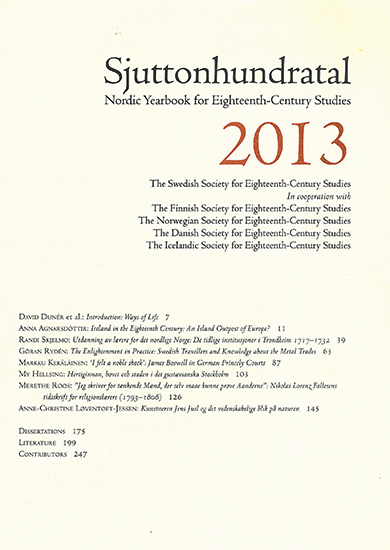Utdanning av lærere for det nordlige Norge: De tidlige institusjoner i Trondheim 1717–1732
DOI:
https://doi.org/10.7557/4.2620Keywords:
Thomas von Westen, Lapland, The Danish Society for promoting Christian knowledge, mission, education, Seminarium Scholasticum, Seminarium DomesticumAbstract
Educating Teachers for Northern Norway – the Institutions in Trondheim 1717–1732
In this article I will give an account of the seminaries between 1717 and 1732 in the cathedral city of Trondheim, Norway. Key questions that the article seeks to answer are who initiated and supported these seminars, and also how they were organized and how staff and seminarians were recruited. Seminarium Scholasticum was initiated by the Danish Society for promoting Christian knowledge (Misjonskollegiet) in Copenhagen. The seminary was located at the Cathedral school in Trondheim and the seminarians were also students here. The purpose of Seminarium Scholasticum was to educate missionaries, catechists and teachers for the Sami population in the northern county of Finnmark. The seminary also served as a pre-school for the University of Copenhagen. Seminarium Domesticum was a private seminary instigated by Thomas von Westen and located in his home in Trondheim. His wealthy wife, Anna von Westen, assisted him and paid the expenses. The two institutions represented two different educational paths. Whilst the prior qualified for positions as missionaries, catechists and teachers, von Westen’s seminary qualified for post as assistants for catechists and teachers.









